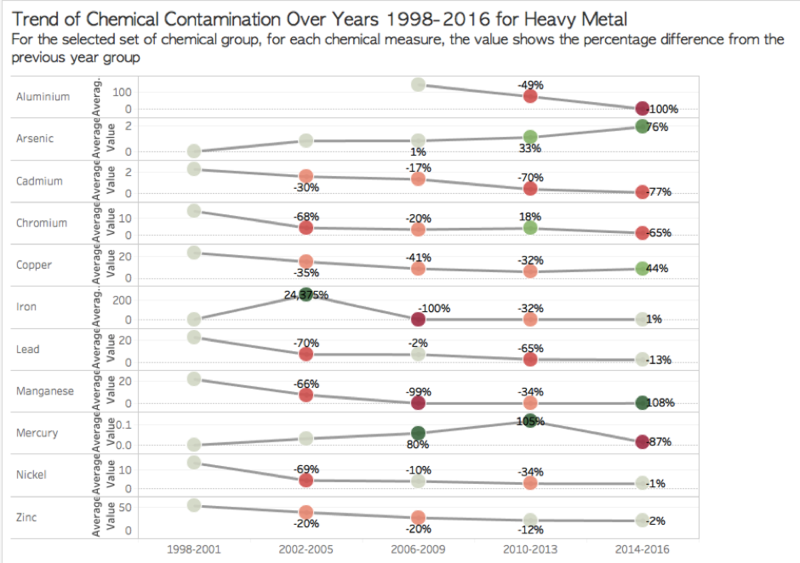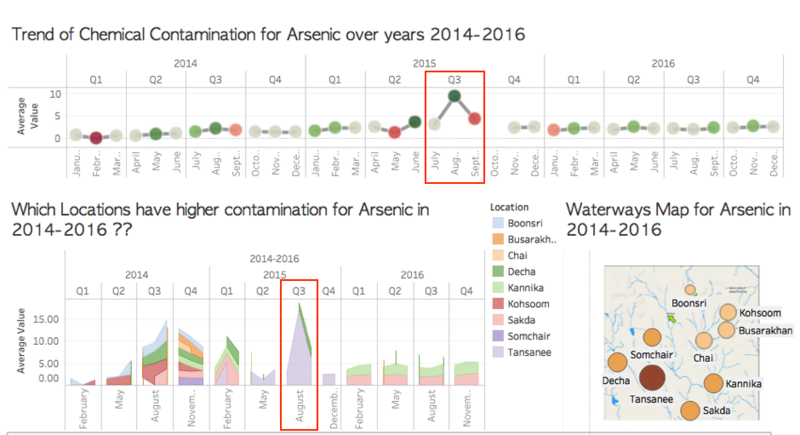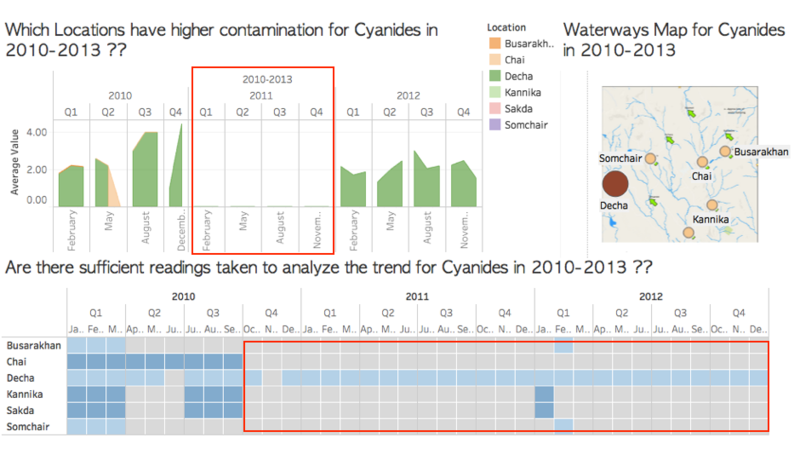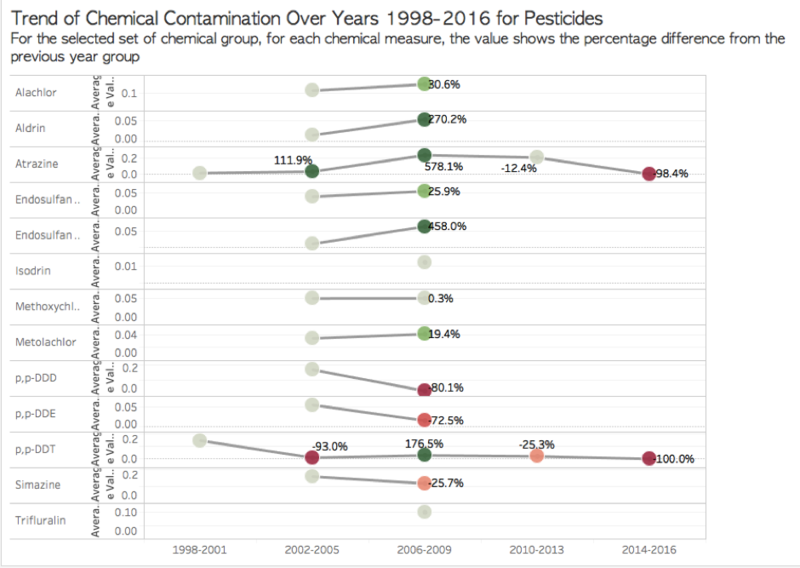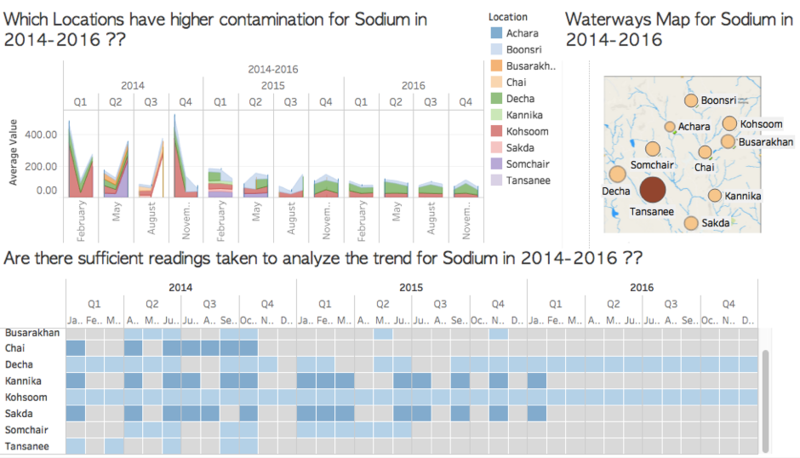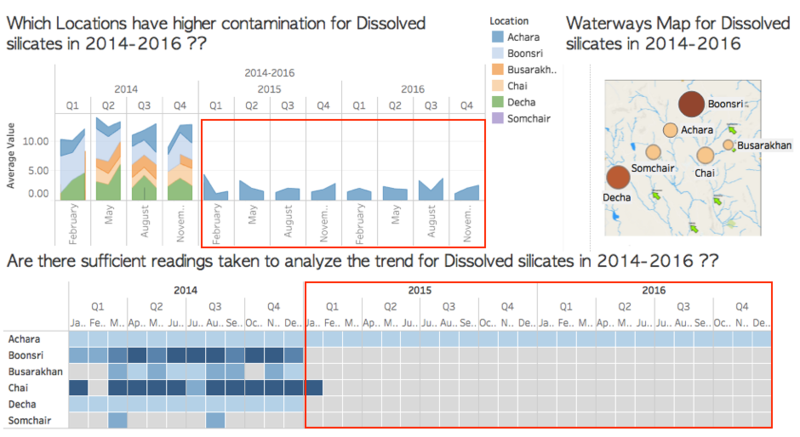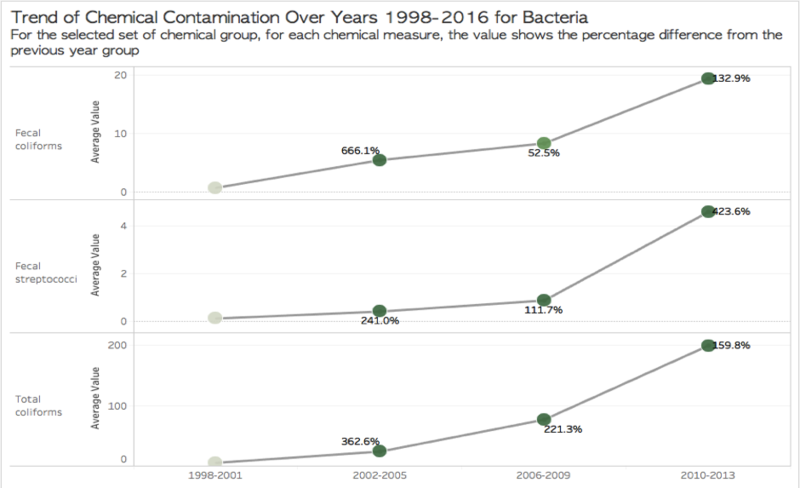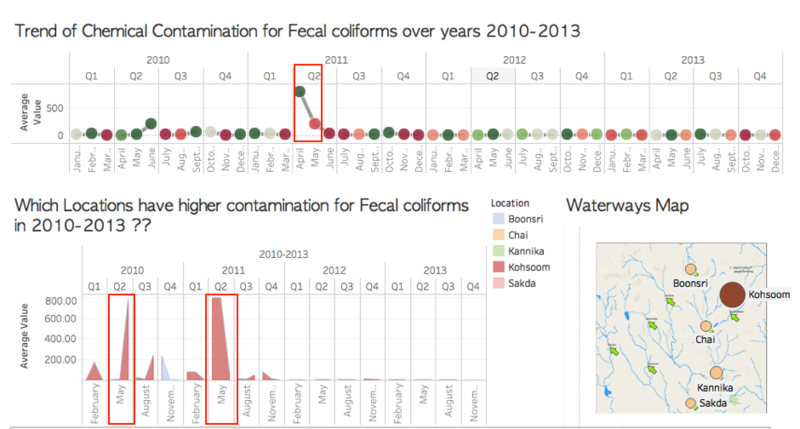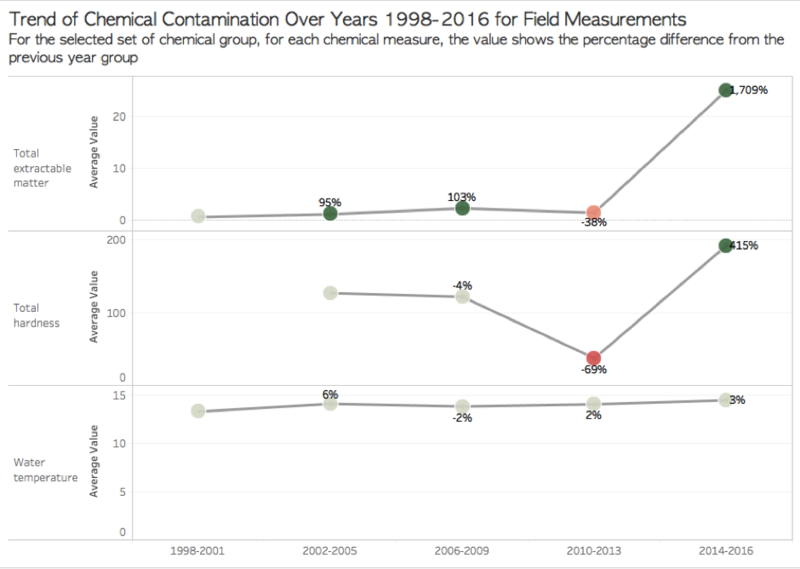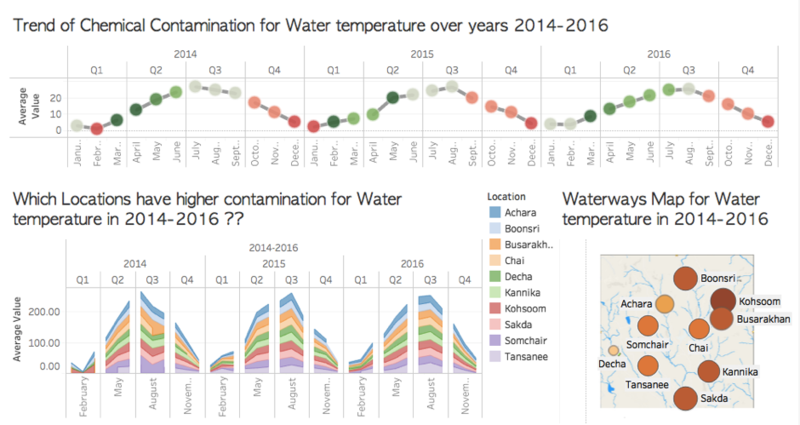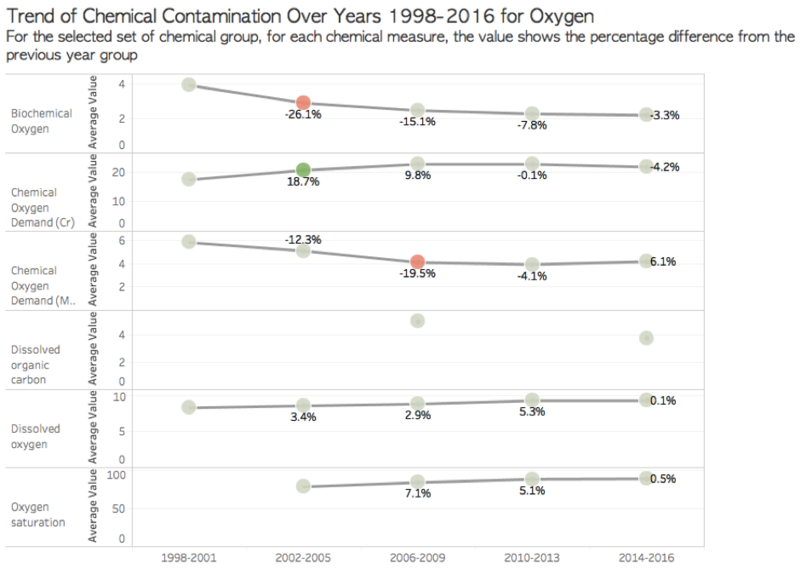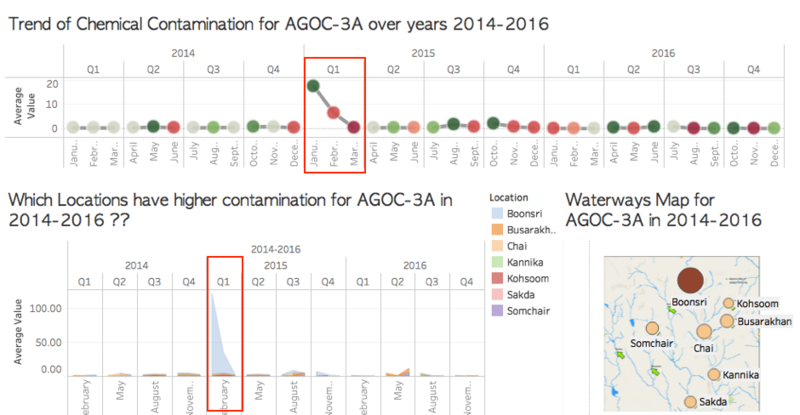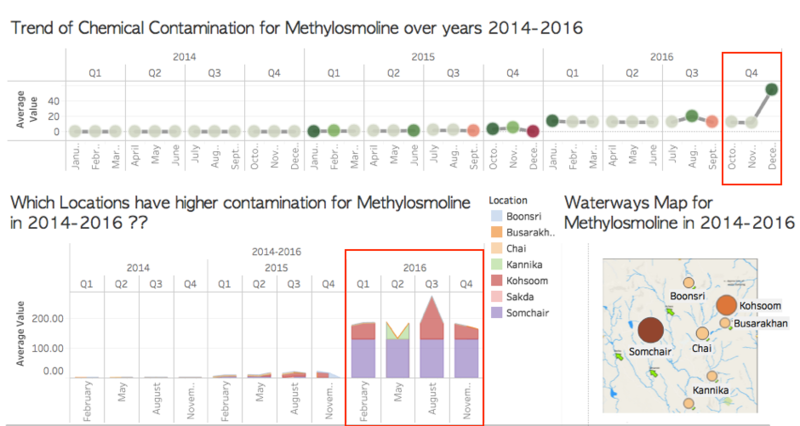Difference between revisions of "ISSS608 2017-18 T3 Assign VISHALI REDDY NALLA - Insights"
| (10 intermediate revisions by the same user not shown) | |||
| Line 7: | Line 7: | ||
{|style="background-color:#F7E7D4;" width="100%" cellspacing="0" cellpadding="0" valign="top" border="0" | | {|style="background-color:#F7E7D4;" width="100%" cellspacing="0" cellpadding="0" valign="top" border="0" | | ||
| − | | style="font-family:Georgia; font-size:100%; solid #343009; background:#F7E7D4; text-align:center;" width=" | + | | style="font-family:Georgia; font-size:100%; solid #343009; background:#F7E7D4; text-align:center;" width="16%" | |
; | ; | ||
[[ISSS608_2017-18_T3_Assign_Vishali_Reddy_Nalla| <font color="#343009">Introduction </font>]] | [[ISSS608_2017-18_T3_Assign_Vishali_Reddy_Nalla| <font color="#343009">Introduction </font>]] | ||
| − | | style="font-family:Georgia; font-size:100%; solid #343009; background:#F7E7D4; text-align:center;" width=" | + | | style="font-family:Georgia; font-size:100%; solid #343009; background:#F7E7D4; text-align:center;" width="16%" | |
; | ; | ||
[[ISSS608_2017-18_T3_Assign_VISHALI_REDDY_NALLA - Data Preparation| <font color="#343009">Data Preparation</font>]] | [[ISSS608_2017-18_T3_Assign_VISHALI_REDDY_NALLA - Data Preparation| <font color="#343009">Data Preparation</font>]] | ||
| − | | style="font-family:Georgia; font-size:100%; solid #343009; background:#F7E7D4; text-align:center;" width=" | + | | style="font-family:Georgia; font-size:100%; solid #343009; background:#F7E7D4; text-align:center;" width="16%" | |
; | ; | ||
[[ISSS608_2017-18_T3_Assign_VISHALI_REDDY_NALLA - Visualisations| <font color="#343009">Visualisations</font>]] | [[ISSS608_2017-18_T3_Assign_VISHALI_REDDY_NALLA - Visualisations| <font color="#343009">Visualisations</font>]] | ||
| − | | style="font-family:Georgia; font-size:100%; solid #343009; background:#F7E7D4; text-align:center;" width=" | + | | style="font-family:Georgia; font-size:100%; solid #343009; background:#F7E7D4; text-align:center;" width="16%" | |
; | ; | ||
[[ISSS608_2017-18_T3_Assign_VISHALI_REDDY_NALLA - Insights| <font color="#343009"><big><big> Insights</big></big></font>]] | [[ISSS608_2017-18_T3_Assign_VISHALI_REDDY_NALLA - Insights| <font color="#343009"><big><big> Insights</big></big></font>]] | ||
| Line 28: | Line 28: | ||
; | ; | ||
[[ISSS608_2017-18_T3_Assign_VISHALI_REDDY_NALLA - Conclusion| <font color="#343009"> Conclusion </font>]] | [[ISSS608_2017-18_T3_Assign_VISHALI_REDDY_NALLA - Conclusion| <font color="#343009"> Conclusion </font>]] | ||
| + | |||
| + | | style="font-family:Georgia; font-size:100%; solid #343009; background:#F7E7D4; text-align:center;" width="16%" | | ||
| + | ; | ||
| + | [[Assignment_Dropbox_G2| <font color="#343009"> Assignment Dropbox </font>]] | ||
| | | | ||
| Line 34: | Line 38: | ||
|- | |- | ||
__NOTOC__ | __NOTOC__ | ||
| − | + | ||
| − | |||
| − | |||
| − | |||
| − | |||
| − | |||
| − | |||
|} | |} | ||
| − | |||
| − | =1. | + | =1. Heavy Metals = |
| − | + | ||
| + | • Almost all the heavy metals show a constant trend or decreasing trend except for Arsenic which has increased by 76% in 2014-2016 as compared to previous year group. | ||
| + | |||
| + | [[Image:Insights Vi16.png|800px]] | ||
| + | |||
| + | • Mercury levels have been increasing from 2006-2013 but it has decreased again in 2014-2016 by 87%. Overall Mercury levels are constant, we see peaks and drops in trend because not sufficient readings were taken before 2006. | ||
| + | |||
| + | • Arsenic being a very toxic chemical is a matter of concern as it has shown an increasing trend over years. In detail, there has been a huge increase in Arsenic levels in Q3, Q4 2014 and Q4 2015 but overall, sufficient readings are not taken in all locations to see the exact locations effected by Arsenic. | ||
| − | + | [[Image:Insights Vi17.png|800px]] | |
| + | |||
| + | [[Image:Insights Vi18.png|800px]] | ||
| + | |||
| + | |||
| + | =2. Organic = | ||
| − | + | • For most of the chemicals, there is no data for the years 2014-2016. For other chemicals which showed value for 2014-2016, when drilled down to year and month, very less readings are seen. | |
| − | • | + | • AOX value has decreased by 24% in recent years but there is also missing data for years 2014 and 2015, similarly Organic Nitrogen shows a decrease in 108% but when drilled down, there is only one reading taken in 3 years. Therefore, we cannot analyze the trend for these chemicals. |
| − | • | + | • For AOX, readings are taken only in Boonsri and Kohsoom in 2016 only. |
| − | [[Image:Insights | + | [[Image:Insights Vi10.png|800px]] |
| − | + | =3. Salts = | |
| − | • | + | • Cyanides show a very high increase in years 2010-13 but there are no readings taken after that. In particular most of the readings are taken in Decha only after Q4 2010, so nothing can be stated regarding the cyanides in other places. |
| − | + | • Chemicals which have constant trend with readings taken regularly are – Ammonium, Bicarbonates, Sulphates and Total Dissolved Salts. | |
| − | • | + | • Not sufficient readings for carbonates, chlorodinine, sulphides and total dissolved phosphorous. |
| − | [[Image:Insights | + | [[Image:Insights Vi13.png|800px]] |
| − | + | =4. Chloro = | |
| − | • | + | • In this group of chemicals, Except for gamma-hexachlorocyclohexane, other chemical measures don’t have readings almost after 2011. Only gamma-hexachlorocyclohexane has proper readings over years and it shows almost a constant trend in 2014-2016 |
| − | [[Image:Insights | + | [[Image:Insights Vi15.png|800px]] |
| − | + | =5. Hydrocarbon = | |
• All the Bonzo group chemicals show an increasing trend in 2006-2009 and no readings were taken after that period. | • All the Bonzo group chemicals show an increasing trend in 2006-2009 and no readings were taken after that period. | ||
| Line 84: | Line 93: | ||
[[Image:Insights Vi7.png|800px]] | [[Image:Insights Vi7.png|800px]] | ||
| − | + | =6. Pesticide= | |
| + | |||
| + | • Almost all chemical measures under Pesticides group don’t have readings after 2009, so it is not possible to analyze the trend of these chemicals in recent years. | ||
| + | |||
| + | • Only Atrazine and p,p-DDT have consistent readings over years but these chemicals have a decreasing trend. | ||
| + | |||
| + | [[Image:Insights Vi19.png|800px]] | ||
| + | |||
| + | =7. Metals = | ||
• Calcium, Magnesium , Potassium show a constant trend whereas Sodium average value has increased by 22% | • Calcium, Magnesium , Potassium show a constant trend whereas Sodium average value has increased by 22% | ||
| Line 94: | Line 111: | ||
[[Image:Insights Vi9.png|800px]] | [[Image:Insights Vi9.png|800px]] | ||
| − | + | =8. Minerals & Nutrients = | |
| − | • | + | • Almost all the Mineral & Nutrients show a constant trend. |
| + | |||
| + | • Inorganic Nitrogen and Dissolved Silicates have insufficient readings to analyze the trend. | ||
| + | |||
| + | • For Dissolved Silicates, in 2014, Boonsri and Decha show higher values. | ||
| + | |||
| + | [[Image:Insights Vi23.png|800px]] | ||
| + | |||
| + | =9. Bacteria = | ||
| + | |||
| + | • The trend line for all measures in Bacteria has been increasing over years, but the data is present only till 2013, therefore we don’t have readings for recent years. | ||
| − | + | [[Image:Insights Vi1.png|800px]] | |
| − | • | + | • When drilled down for years 2010-2013, a major spike is seen in Q2 for Fecal Coliforms in Kohsoom. Consistent readings were taken only in Kohsoom in Boonsri. |
| − | + | • Overall, The 3 measures in Bacteria show an increasing trend over years and has the highest value in Kohsoom as compated to Boonsri. There are hardly any readings taken for other locations. | |
| − | + | [[Image:Insights Vi2.png|800px]] | |
| − | + | =10. Field Measurements = | |
| − | • | + | • Total extractable matter and Total hardness has a huge increase in average value in 2014-2016 whereas Water Temperature remains constant. |
| − | + | [[Image:Insights Vi3.png|800px]] | |
| − | + | • Total Hardness is high in most of the regions except for Achara. | |
| − | + | [[Image:Insights Vi4.png|800px]] | |
| − | • | + | • Only 1 reading is taken for Total extractable matter in Q3 2014 in Kannika & Sakda which shows increase in average value. Due to insufficient data, we cannot analyze the increase in value for other locations. |
| − | + | • Water Temperature shows a cyclic pattern in years 2014-2016 and there were sufficient recordings taken for Water Temperature with good frequency. Overall, the water temperatures are very low in Decha. | |
| − | + | [[Image:Insights Vi5.png|800px]] | |
| − | + | = 11. Oxygen = | |
| − | • | + | • All the chemical measures under this group show a constant trend and all of them have sufficient readings from 2010-2016. |
| − | + | [[Image:Picture25 Vi.png|800px]] | |
| − | <b> | + | =12. Others = |
| + | <b> 12) Others </b> | ||
| − | • | + | • AGOC – 3A ha readings only in 2014-2016 and it has shown an abnormal increase in value in Jan 2015 at Boonsri. |
| − | + | [[Image:Insights Vi21.png|800px]] | |
| − | |||
| − | • | + | • Methylosmoline shows a very high increase in the value in 2016 Q4 and if we see location wise, very clearly value is increased in Kohsoom and Somchair from Q1 of 2016 and not just in Q4. |
| − | + | [[Image:Insights Vi24.png|800px]] | |
| − | • | + | • Increasing trend for Anionic active surfactants in 2014-2016. Most of the reading were taken only in locations Boonsri and Kohsoom of which Kohsoom has the highest average value. If sufficient readings were taken for other locations as well, we could analyze the actual increase in value. |
| + | [[Image:Insights Vi22.png|800px]] | ||
| + | • Rest all chemicals under this category have very less readings so cannot analyze any trend. | ||
Latest revision as of 23:19, 8 July 2018
|
|
|
|
|
|
|
1. Heavy Metals
• Almost all the heavy metals show a constant trend or decreasing trend except for Arsenic which has increased by 76% in 2014-2016 as compared to previous year group.
• Mercury levels have been increasing from 2006-2013 but it has decreased again in 2014-2016 by 87%. Overall Mercury levels are constant, we see peaks and drops in trend because not sufficient readings were taken before 2006.
• Arsenic being a very toxic chemical is a matter of concern as it has shown an increasing trend over years. In detail, there has been a huge increase in Arsenic levels in Q3, Q4 2014 and Q4 2015 but overall, sufficient readings are not taken in all locations to see the exact locations effected by Arsenic.
2. Organic
• For most of the chemicals, there is no data for the years 2014-2016. For other chemicals which showed value for 2014-2016, when drilled down to year and month, very less readings are seen.
• AOX value has decreased by 24% in recent years but there is also missing data for years 2014 and 2015, similarly Organic Nitrogen shows a decrease in 108% but when drilled down, there is only one reading taken in 3 years. Therefore, we cannot analyze the trend for these chemicals.
• For AOX, readings are taken only in Boonsri and Kohsoom in 2016 only.
3. Salts
• Cyanides show a very high increase in years 2010-13 but there are no readings taken after that. In particular most of the readings are taken in Decha only after Q4 2010, so nothing can be stated regarding the cyanides in other places.
• Chemicals which have constant trend with readings taken regularly are – Ammonium, Bicarbonates, Sulphates and Total Dissolved Salts.
• Not sufficient readings for carbonates, chlorodinine, sulphides and total dissolved phosphorous.
4. Chloro
• In this group of chemicals, Except for gamma-hexachlorocyclohexane, other chemical measures don’t have readings almost after 2011. Only gamma-hexachlorocyclohexane has proper readings over years and it shows almost a constant trend in 2014-2016
5. Hydrocarbon
• All the Bonzo group chemicals show an increasing trend in 2006-2009 and no readings were taken after that period.
• Other chemicals in groups have very few readings taken and almost no readings taken in recent years. The graph below shows number of records for all hydrocarbons from 1998-2016 excluding Petroleum Hydrocarbon.
• Interestingly for Petroleum Hydrocarbons average value has decreased by 95% in 2014-2016 and it has sufficient readings.
6. Pesticide
• Almost all chemical measures under Pesticides group don’t have readings after 2009, so it is not possible to analyze the trend of these chemicals in recent years.
• Only Atrazine and p,p-DDT have consistent readings over years but these chemicals have a decreasing trend.
7. Metals
• Calcium, Magnesium , Potassium show a constant trend whereas Sodium average value has increased by 22%
• For Sodium, values are high in 2014 mainly in Tansanee after which the average value is decreased. But, there were not sufficient readings taken in years 2015-2016 for Busarakhan, Chai, Kannika, Sakda, Somchair & Tansanee to analyze the trend.
• Not sufficient readings for Barium, Berilium, Boron & Cesium to analyze the trend.
8. Minerals & Nutrients
• Almost all the Mineral & Nutrients show a constant trend.
• Inorganic Nitrogen and Dissolved Silicates have insufficient readings to analyze the trend.
• For Dissolved Silicates, in 2014, Boonsri and Decha show higher values.
9. Bacteria
• The trend line for all measures in Bacteria has been increasing over years, but the data is present only till 2013, therefore we don’t have readings for recent years.
• When drilled down for years 2010-2013, a major spike is seen in Q2 for Fecal Coliforms in Kohsoom. Consistent readings were taken only in Kohsoom in Boonsri.
• Overall, The 3 measures in Bacteria show an increasing trend over years and has the highest value in Kohsoom as compated to Boonsri. There are hardly any readings taken for other locations.
10. Field Measurements
• Total extractable matter and Total hardness has a huge increase in average value in 2014-2016 whereas Water Temperature remains constant.
• Total Hardness is high in most of the regions except for Achara.
• Only 1 reading is taken for Total extractable matter in Q3 2014 in Kannika & Sakda which shows increase in average value. Due to insufficient data, we cannot analyze the increase in value for other locations.
• Water Temperature shows a cyclic pattern in years 2014-2016 and there were sufficient recordings taken for Water Temperature with good frequency. Overall, the water temperatures are very low in Decha.
11. Oxygen
• All the chemical measures under this group show a constant trend and all of them have sufficient readings from 2010-2016.
12. Others
12) Others
• AGOC – 3A ha readings only in 2014-2016 and it has shown an abnormal increase in value in Jan 2015 at Boonsri.
• Methylosmoline shows a very high increase in the value in 2016 Q4 and if we see location wise, very clearly value is increased in Kohsoom and Somchair from Q1 of 2016 and not just in Q4.
• Increasing trend for Anionic active surfactants in 2014-2016. Most of the reading were taken only in locations Boonsri and Kohsoom of which Kohsoom has the highest average value. If sufficient readings were taken for other locations as well, we could analyze the actual increase in value.
• Rest all chemicals under this category have very less readings so cannot analyze any trend.

